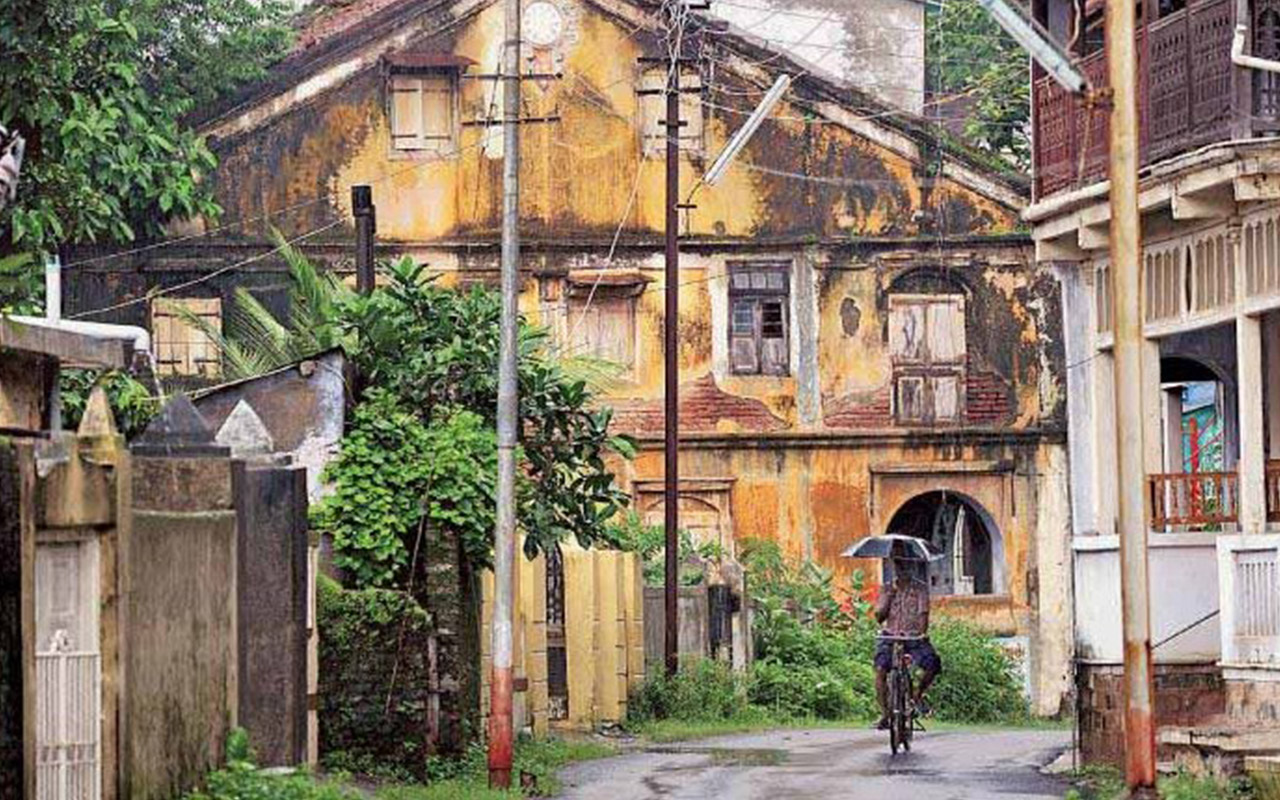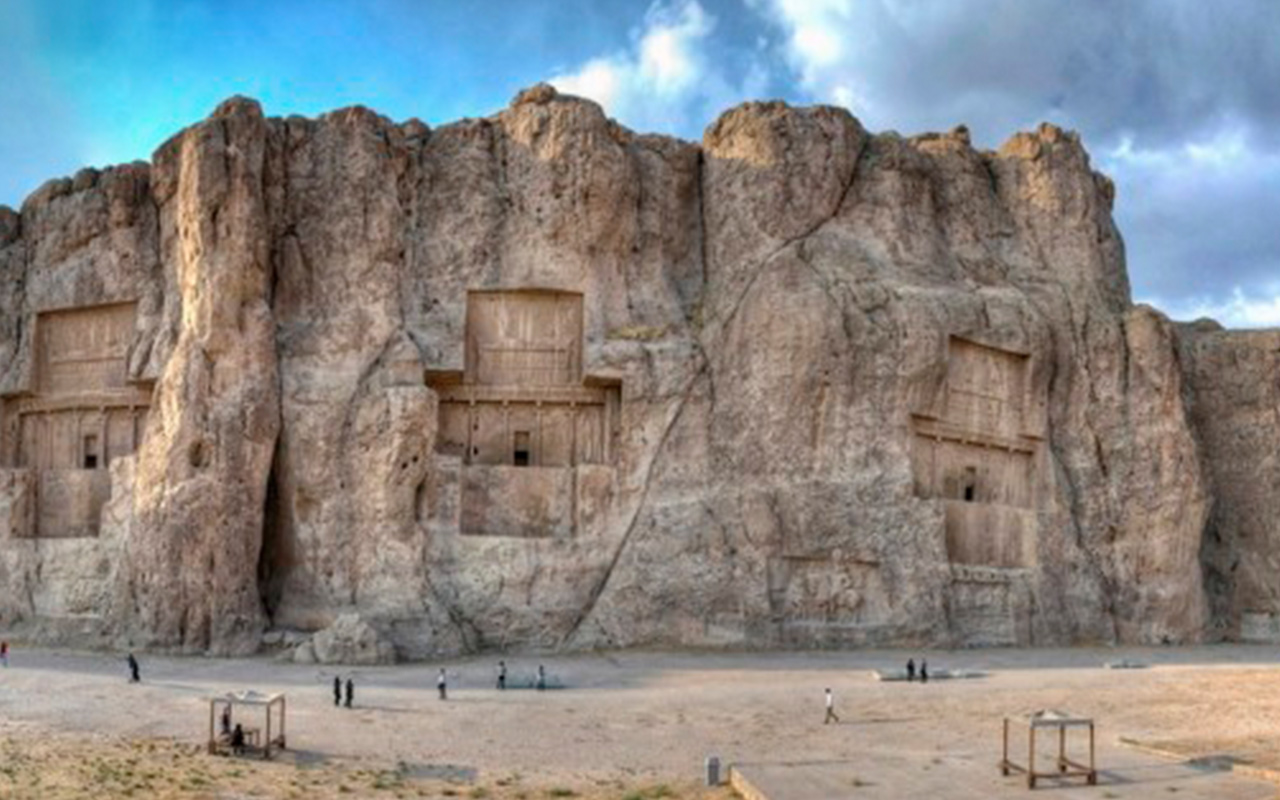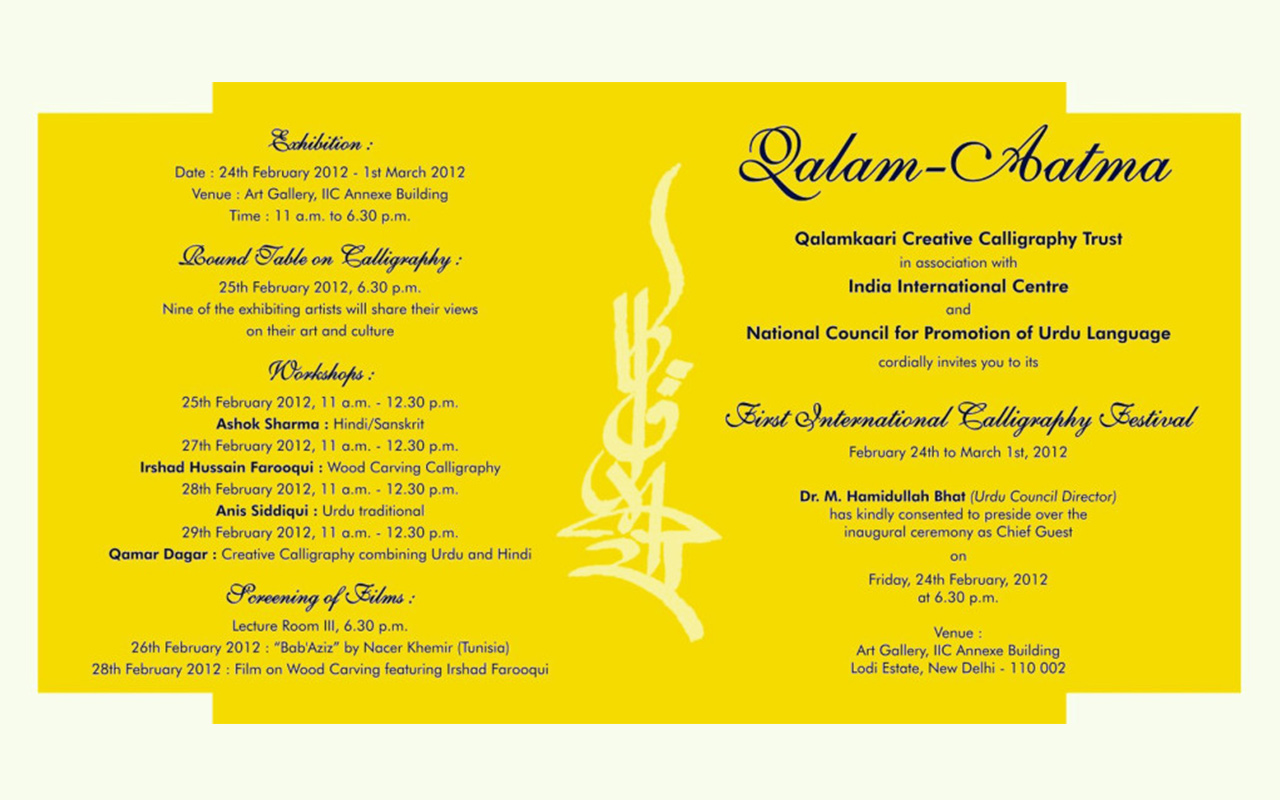The Story of Sanjan: Kissa-i-Sanjan
Many places in Gujarat are important for Parsis because it is in these places that our ancestors found refuge and started a new life after fleeing from Iran in the seventh century AD.
In those ancient times the Zoroastrian King of Persia (Iran) Yazdegird was defeated in the Battle of Nehavand, signalling the end of the Sasanian empire. After this defeat the Zoroastrians were forced to either pay a hefty Jizya Tax or convert to Islam. They were not allowed to carry weapons or own land, and were also made to dress differently, so that they could be easily identified. They weren’t allowed to ride horses, or build houses that were taller than that of their new rulers.
As a result of this oppression, some Zoroastrians fled the cities and moved to the mountains of Khorasan and lived there for almost 100 years. Then they heard news about India, a land of opportunity, where they could live free without fear of persecution or oppression. Some 500 families then gathered together and set out in boats for the shores of India.
The year was around 755 AD when this group of Zoroastrians arrived on the shores of Sanjan in Gujarat, ruled by the King Jadav Rana. The leader of the group of Zoroastrians was a Dastur (Priest), who went to Jadav Rana to ask for refuge. Jadav Rana instead showed him a bowl of milk filled to the brim, to show that his country was full.
The Dastur then put a spoon of sugar into the milk and it immediately dissoved and merged into the bowl without the milk overflowing. By this action he symbolised that the Zoroastrians would mingle with his people and sweeten their lives and country without upsetting the local population.
He then went on to explain the beliefs and teachings of the Zoroastrian religion to Jadav Rana, who was in turn impressed and pleased enough to grant permission to the Priest and his people to settle in Sanjan and practice their own religion. Provided of course, they met a few of his requests.
a) Zoroastrian ladies must wear the local dress which was the saree
b) Zoroastrians should learn the local language and
c) Zoroastrians must not convert any of the locals to their religion.
The Priest agreed with Jadav Rana’s conditions and went on to settle down in India, sweetening and enriching the country over the years, as he had demonstrated with the bowl of milk.
This story of the bowl of milk is today commonly referred to as “Kissa-i-Sanjan”.






I am an Iranian who has born a Moslem. I am descendent of those Zoroastrian who stayed and converted to Islam. But knowing that there are Zoroastrian who are living freely in Indai is very pleasing to me. I wish the best for your community and also a very happy Norooz.
I was born muslim.someday when I was a tinager because of some wrong thought about zoroastrianism chaneged my religion (in mind) to it.but now I know my errors & again I`m a muslim.
story of sanjan is lie.prophesor naryman parsi says it is lie.there is a book about it named (lie story about sanjan & naryman parsi letter)
[…] https://delhiparsis.com/2007/08/19/the-story-of-sanjan-kissa-i-sanjan/ […]
From where the book ‘Kissa-I-Sanjan’ be purchased in Mumbai?